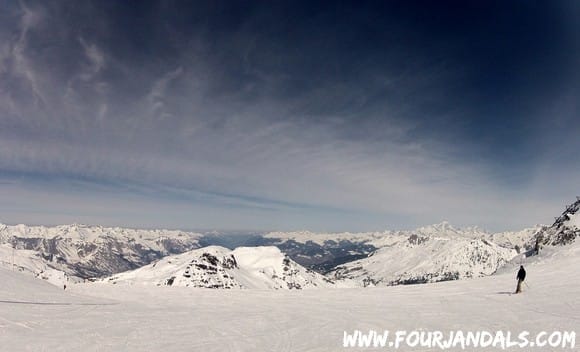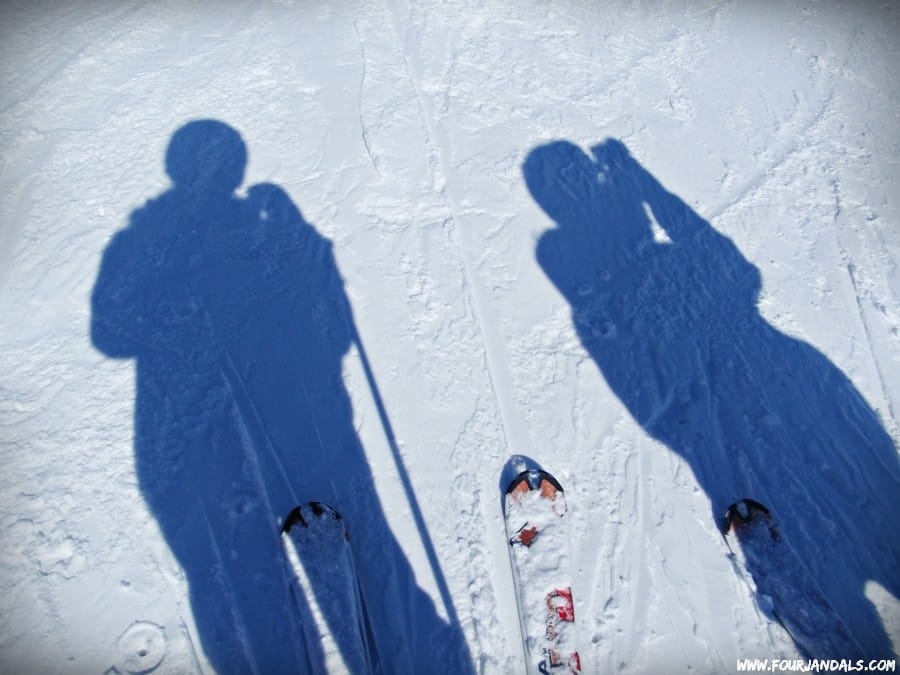Skiing isn’t as expensive as you think, and if you’re planning your first ever skiing holiday you can be guaranteed a fun and enjoyable experience. Most good skiing resorts will cater to skiers of all ages and levels, so even if you have no previous skiing experience or want to go on a family holiday with your kids, you’ll be able to have a great time. When planning your first skiing holiday it’s important to know how to prepare – there’s nothing worse than arriving at your beautiful Ski Armadillo catered chalets just to discover that you’ve forgotten a vital piece of equipment. We’ve put together a list of what you’ll need to take in order to help you best prepare for your skiing trip.

Package Holidays
If this is your first ever skiing trip, you might find it’s a good idea to book a package holiday so you don’t need to worry about forgetting to take or book anything – your holiday provider will do it all for you. Although it’s perfectly possible to DIY a great ‘package’ when it comes to your first skiing holiday, it’s always a great idea to look out for deals on package skiing holidays – last minute deals can often be found at great discounted prices.
Book Lessons
If you’ve never been skiing before, you’ll need to book some lessons with a skiing instructor for when you arrive so that you’ll be able to get the most out of the slopes. Reputable skiing resorts such as Ski Armadillo have trained skiing instructors who’ll be able to take you out on the slopes and show you the ropes so that you can ski safely and have as much fun as possible.

Mountain skis buying guide
Given below are some of the best tips for skiing equipment purchase by a newbie skier.
Most important parameters
The few basic features you should look for are:
- Length
- Size
- The width and
- Rocker type
Here is an interesting thumb rule for picking the right length: prop up the ski next to yourself. The tip of the ski should be somewhere between the top of your head and your chin.
The width of the ski is measured across the middle. The narrower skis offer the ability to execute a quicker turn. For instance, skis less than 85mm are great for groomed trails. Skis with waist widths or more than 110 mm are preferred by those who want most stability and the highest amount of flotation, especially in deep powder.
Rocker
The rocker profile is nothing but the camber in reverse. This distinct cambering gives the ski a shape that allows them to float easily even in soft snow. Most skis work in unison with a camber and a flat design in order to produce equipment that will suit you the best.
A full rocker, for instance, could result in the ski looking almost like a boat. Whereas a camber ski could also have just a front rocker – just the front portion is tilted up.
Level or ability
It is also a great idea to factor in the level of skiing into your buying decisions. Every online seller or shop for skiing equipment will have categories of mountain skis aimed at:
- Beginners
- Intermediate level skiers
- Advanced and
- Expert skiers.
Be practical in choosing skis according to the level of expertise because this will help you gain complete mastery over the equipment and the terrain.
Turning radius
Simple rule: the narrower the ski, the shorter the turn radius. Add to this the side cut of the ski and you also get another rule: deep side cut makes for a shorter turn radius or faster turns. Broadly speaking, turn radius can be classified into 3:
- Short
- Medium and
- Long
Below 16m is good for short turns and above 22m is good for long turns. In between both these numbers; or 17 to 22m; is the medium turning radius.
Finally, look for flex in your skis too. Very soft or flexible skis are good for beginners. At the opposite end of the spectrum lie the rigid skis that are used by expert and aggressive skiers.
Ski Clothing
Although many resorts will sell or rent ski clothing, it’s important to contact them and double check that this is the case before you set off – you don’t want to arrive without a ski suit only to find out that you can’t get hold of one. The best thing to remember when choosing clothing for skiing is that layering clothing is the best option – that way you can easily adjust to the temperature and put on or take off a layer if you get too hot or cold. You will need a base thermal layer, a fleece, a ski jacket and pants, gloves, neckwear, ski socks, and goggles or sunglasses. Some countries require skiers to wear a helmet when taking part in the sport, and if you’re going with kids its best that you make sure that they’re protected.
Insurance
Because skiing is a sport that holds a degree of risk, it’s more important than ever that you get holiday insurance when visiting a skiing destination. Check with your insurance provider that skiing holidays are covered – don’t assume that your regular holiday insurance will cover you as it may not cater for winter sport holidays.
Are you an experienced skier with any advice for first-timers? If you’d like to add anything to this list, we’d love to hear from you in the comments.